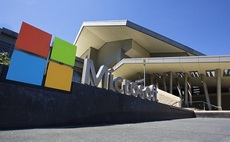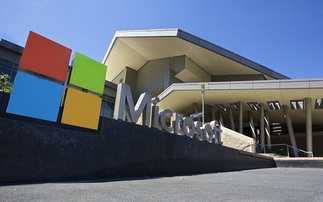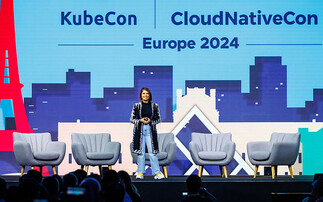Cloud connection service customers already include Philips and NASA
Amazon Web Services has announced AWS IoT, its own Internet of Things service to connect billions of devices to the cloud and to each other. The announcement comes as Microsoft Azure chief techn...
To continue reading this article...
Join Computing
- Unlimited access to real-time news, analysis and opinion from the technology industry
- Receive important and breaking news in our daily newsletter
- Be the first to hear about our events and awards programmes
- Join live member only interviews with IT leaders at the ‘IT Lounge’; your chance to ask your burning tech questions and have them answered
- Access to the Computing Delta hub providing market intelligence and research
- Receive our members-only newsletter with exclusive opinion pieces from senior IT Leaders






















